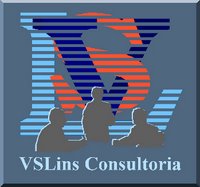Environment suitable for knowledge sharing
...knowledge is best facilitated, not managed. In fact, more time should be spent on the design of an environment conducive to sharing...and less on the formalized capture of organizational knowledge. The environment has the greatest value.
Some components needed in a well-crafted environment suitable for knowledge sharing:
- Informal, not structured
- Self-forming connections - let members of the environment decide how to interact
- Tool-rich - members should have many options for connecting and dialoguing.
- Simple/single starting point...but multiple branches/exits
- Diversity of participants - very critical...people tend to form into groups of similar people. Knowledge sharing and innovation require smashing together ideas of contradictory or unrelated nature
- Time - facilitation is best viewed as a small spark that grows into a roaring flame over time. Most managers seem to prefer explosions that die out quickly...
- Trust - knowledge sharing is about people. Safety and security (face to face or online) lead to trust. General community rules should value individual contributions and personalities.
- User-shaped - most KM initiatives begin with the mindset of building a house and then telling employees to move in an basically only hang up pictures. Instead, they should be given tools and supplies...and then allowed to create what they really need.
- Community feel - communities of practice have gained a reputation as being effective means of sharing knowledge...because we are most likely to share what we know with people we know.
- Capturing and searching - these staples of KM are still important. Newcomers should be able to observe the trials others have walked...and if done right, a KM system could link into persformance support systems...resulting in up to date resources for people...when they are needed.
Extraído de elearnspace


<< Home